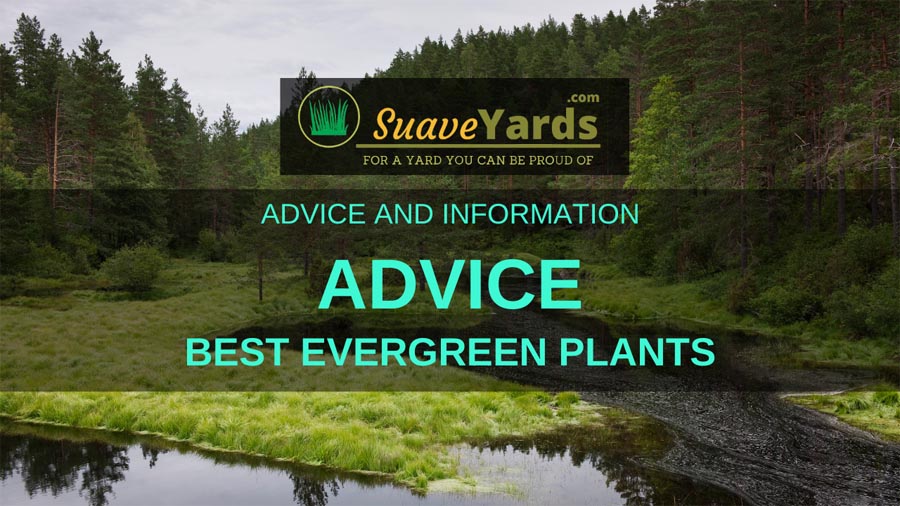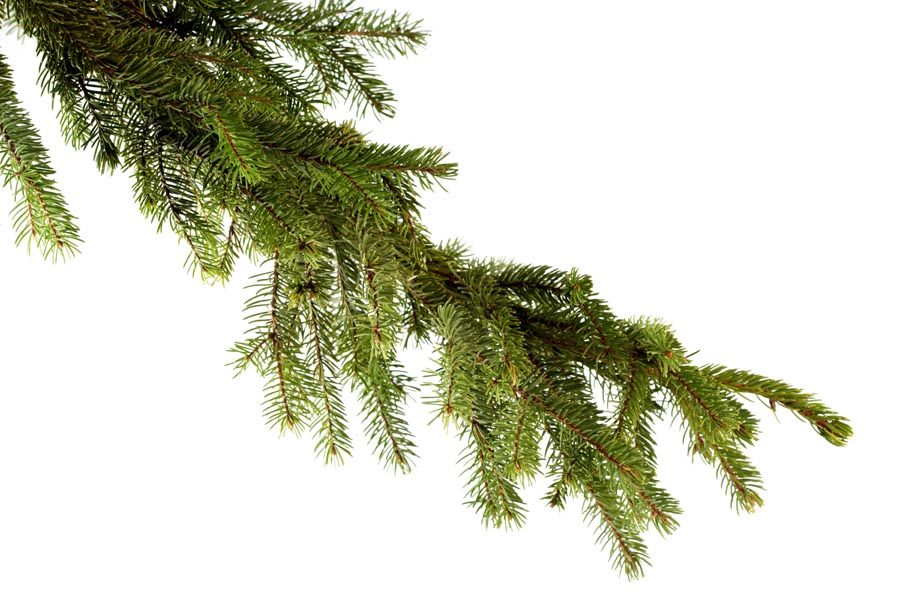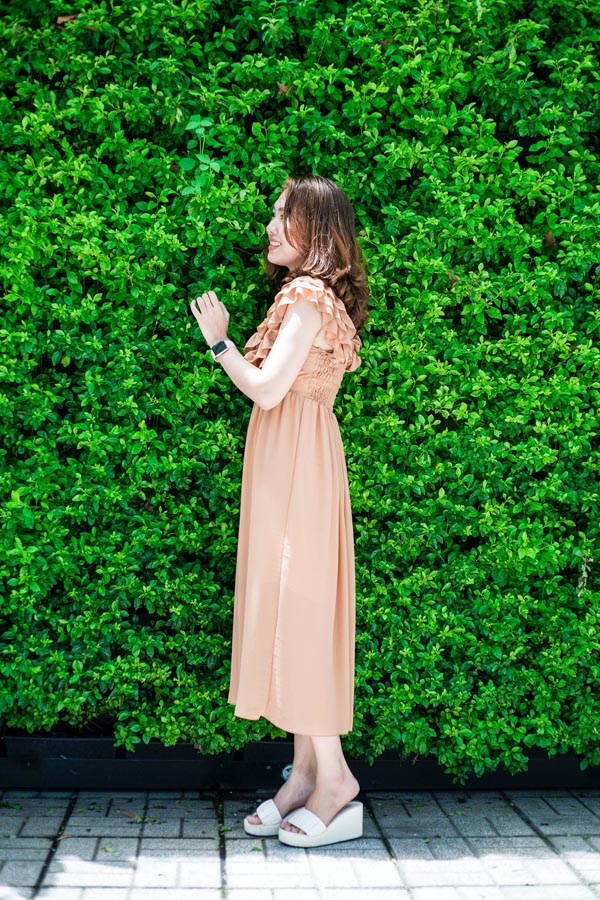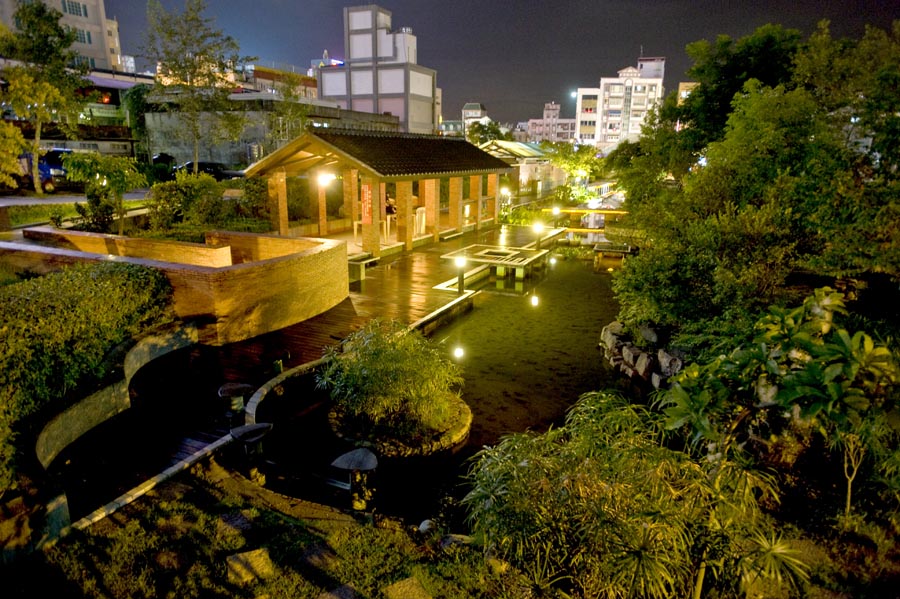
Evergreen plants are ever green, no matter the season. That’s why you will see so many of them in public places like parks. You can also have your home surrounded with evergreen plants to make your residence livelier.
What Are The Best Evergreen Plants?
When it comes to hedges your best bet is Boxwood, for its sheer versatility and ease of maintenance, or Japanese Spindle, known for their tiny but attractive flowers. Good evergreen trees are Douglas Fir or False Cypress, which contrast in size and stature but are both popular choices. When it comes to flower shrubs, Blue Holly acts as a perfect complement to the Douglas Fir and the beautiful Rhododendron are two of the best evergreen plants.
Find Out More About Evergreen Plants
The name is literal. Evergreen plants are supposed to be green all the time.
It comes from the Latin word sempervirens, which means always green.
You know?
Evergreen plants have foliage that lasts for years.
The main reason it’s called evergreen is because the foliage remains green for more than one season.
That means
It will be green for more than a year.
Some evergreens remain green for decades.
Amazing, right?
It truly is!
Evergreen can be trees or shrubs.
Evergreen vs deciduous
Another way to describe evergreen plants is to compare it with another species: deciduous plants.
Deciduous plants shed their leaves annually.
Wanna take a guess when?
During autumn or fall.
The word deciduous actually means falling off during maturity.
Although
Evergreen plants also shed their leaves.
However, they don’t fall at the same time. It happens gradually over a period of time.

Benefits of Evergreen Plants
1. Your home will be lively all year round
Nature and green go hand in hand.
Green is a tranquil color because it is associated with nature.
Consider this:
Surround your home with evergreens.
This way, your home will be lively and comforting the entire year.
Even when it’s winter
You still get the green with a peppering of snow dust.
2. Great barriers
Many evergreen shrubs are perfect for hedges.
Hedges, of course, are good barriers for homes.
Look
If you live in a relatively safe environment, you don’t need to build a gate around the house, a hedge will do.
Even if the house is safe, you still want to define your home.
It’s like your natural gate.

Hedges can give your home some privacy.
3. Easy to take care of
Most evergreens are water-efficient. Conifer is an example of a water-efficient evergreen.
You don’t need a stringent watering schedule just to keep the foliage green and lush.
That means
You get maximum benefit with minimal effort.
Just look at the evergreens thriving in their natural environment.
You know what I’m talking about?
The evergreens in the mountains and in the wild.
They are not taken care of by people. Nature takes care of them and they are flourishing.
Although
When you have evergreens in your garden, you don’t just let nature take care of them.
You need to do your part!
You should water and trim them. But they need minimum maintenance in order to thrive.
4. Helps with energy conservation
When you use evergreen trees at home, there are many functions for it.
It’s a great natural accessory, for one.
But here’s where conservation comes in
When it’s too hot out, the tree can provide you with shade.
You might not even need air conditioning when your tree (or trees) is blacking the sun.
On the other hand
During winter, the trees can break the chilly wind.

5. Provides oxygen
Plants release oxygen, which people need.
Having your own oxygen provider at home is great, isn’t it?
Not only that
Evergreens improve air quality by trapping pollutants within its foliage.
We have a cleaner and safer environment because of evergreen plants.
Best Evergreen Plants
Now that we know how great it is to have evergreen plants, we should absolutely have some of them at home.
So, what are the best evergreen plants?
Best evergreen for hedges
Here are the top two evergreens to be used as hedges:
Boxwood

This is one of the most versatile shrubs out there.
You can pot boxwood, but more importantly, you can use them as a hedge.
As earlier mentioned
There are so many advantages to having a hedge.
The boxwood, since it’s an evergreen, allows you to have green natural surroundings all year round.
When it’s summer
The hedge will look real bright.
It’s green and really beautiful.
When it’s winter
The boxwood will be that green accent in a sea of white.
It’s also quite easy to clip and shape, which makes it an even more amazing species to use as a hedge.
There are also varieties
Different boxwood types have different characteristics.
Know these so that you know what’s best for your place. You have to consider the type of soil you have as well as the type of weather the region is known for.
Fact:
Boxwood can grow from a foot to 20 feet long.
Japanese spindle

This plant has many names. It’s also called Japanese euonymus, Japanese spindle or evergreen spindle.
This is actually a flowering plant, but you can barely see the flowers.
Inconspicuous
The flowers are greenish-white, which explains why you can barely see them.
They are also small at just five millimeters in diameter.
Look
This species is a popular ornamental plant.
You can often see the Japanese spindle thriving in parks and other public places.
It’s also a good type to use as a hedge in your property.
Best evergreen trees
Trees can also be your hedge.
But if you want to plant just a few trees, enough to give you shade and help you battle the chill in winter, then here are a couple of examples you might like.
Douglas fir
This species is also known as Oregon Pine and Columbian Pine, but is more notable as Douglas fir.
This is actually quite ironic as the tree is not a real fir.
These trees are huge!
If you plan to use this as a hedge, you are definitely going to have a totally closed-off property.
It’s probably better to just have a few of them in the backyard or maybe just accents on the front yard.
Of course
That depends on how big your property is.
Because as mentioned, the Douglas fir is such a large tree.
How large?
A Douglas fir can grow between 20 to 330 feet.
The trunk can be as big as eight feet in diameter.
It’s referred to as a fir
That’s because the leaves are like those of the fir.
As they continue to grow, foliage at the bottom starts to disappear.
When they become so tall
The leaves start to appear around 110 feet high.
It’s like the perfect Christmas tree in your backyard.
In fact
Many farmers grow Douglas fir in plantations for Christmas trees.
Of course, they don’t wait until the trees are 100 feet to be used as ornamental holiday trees.
False cypress

It got its name just so it can be distinguished from the original cypress, which grows in Europe.
The false cypress grows in Japan, Taiwan and some parts of the United States.
Ornamental plants
There are six species under false cypress, four of which are known for being ornamental trees and shrubs.
Under these six species are even more varieties.
You will have so many options under this type of evergreen tree.
You can choose the kind of green that you like since there are dozens of different shades.
On the other hand
There are also dozens of different forms or shapes of this tree.
It’s going to be a fun shopping experience for you when you look for your very own false cypress tree.
Here are some information:
It can grow between 66 and 230 feet tall.
As it continues to grow, its leaves change.
Young leaves are needle-like while the leaves for adult trees are scale-like.
Best flowering shrubs
Now, these are evergreen plants that you can also use as hedge.
However, these evergreens are mostly known for their beautiful flowers.
Blue holly

This perfectly complements the Douglas fir, which is often used as a Christmas tree.
Why?
This flowering plant looks very Christmassy.
It has small red fruits surrounded with green glossy leaves.
I know
The fruit looks like berries, right?
Well, they aren’t. They are called drupes.
Birds love to eat these drupes.
You know what this means?
If you have blue holly in your background, you will be visited by a lot of birds.
Don’t you just want to hear them sing every morning?
Moving on
As a flowering plant, the blue holly has white flowers that are almost camouflaged.
Rhododendron

The rhododendron flowers are beautiful!
That should be enough to put this flowering shrub in the list of the best evergreen plants.
Here’s some trivia:
Rhododendron is the national flower of Nepal.
It is also the state flower of Washington and West Virginia
Who could blame them?
It’s generally a small-ish shrub, which grows only around three feet tall.
By the way
There are rhododendrons that are considered deciduous plants.
Of course, in this list, we refer only to the evergreen shrub.
Summary
There you have it! Our list of the best evergreen plants. These are plants that retain their greenness for more than just one season. It’s not like deciduous plants that have to shed their leaves when the seasons change.
Evergreen plants are ever green. They add color to your home. They also provide oxygen and the much-needed shade during summer, and some wind buffer during winter.
There are many different kinds of evergreen plants. There are trees that grow oh so large, and there are shrubs that you could use as a hedge for the house or for the garden. Then there are those that are just attractive.
Useful Resources
- Top 10 Evergreen Shrubs & Bushes for Your Garden – Garden Design
- 20 Essential Evergreen Shrubs for a Gorgeous Garden Year-Round – Country Living
- Douglas Fir Tree Care: Tips on Planting a Douglas Fir Tree – Gardening Know How

